Study: airing ski gondola cabins cuts Covid-19 transmission risks
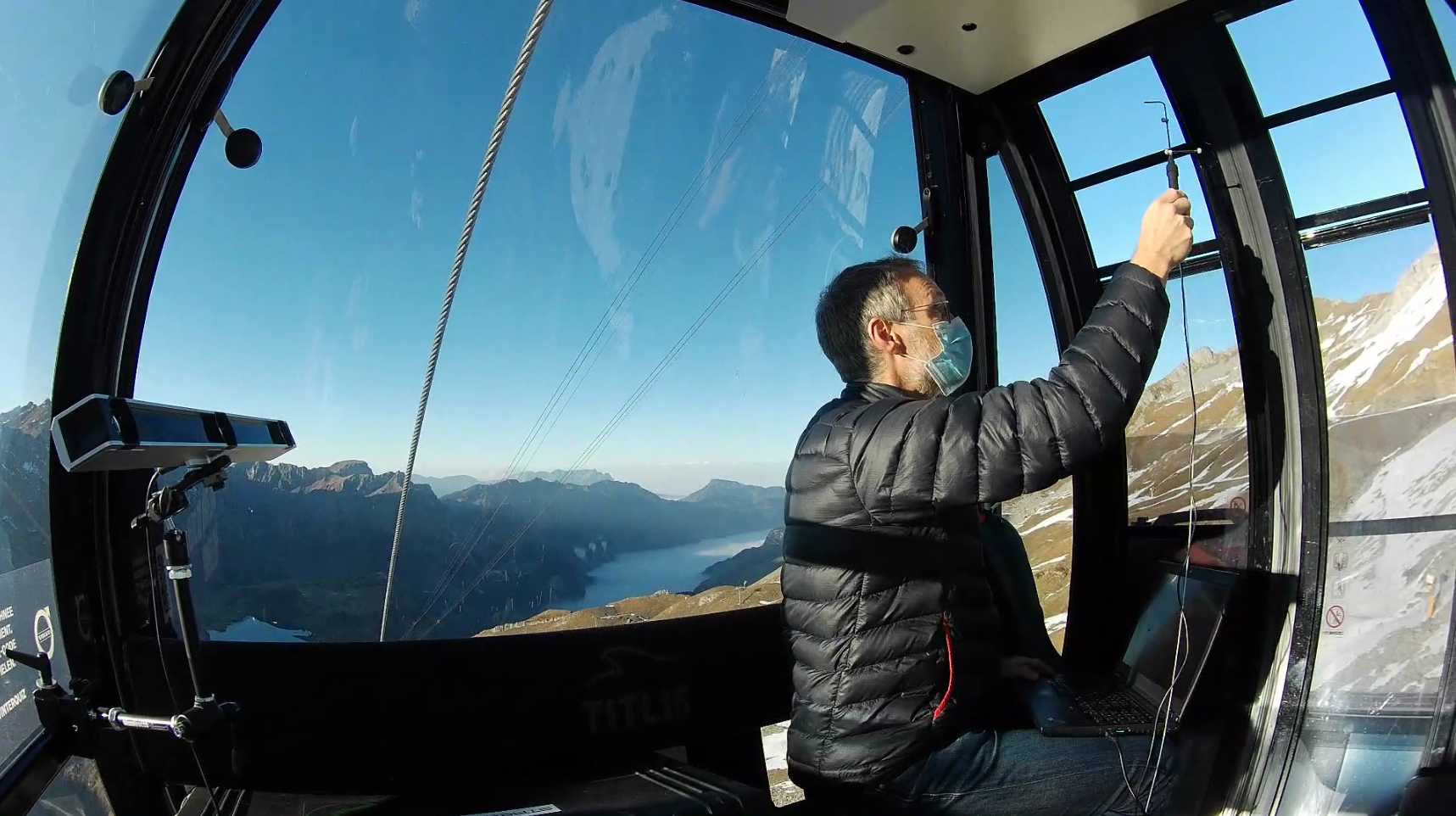
The risk of catching coronavirus on a 12-minute gondola ride is 100 times less than during a normal working day in a small two-person office, according to a Swiss study.
Scientists at the Swiss Federal Laboratories for Materials Science and Technology (EMPA) carried out researchExternal link at the Engelberg-Trübsee-Titlis ski resort in central Switzerland into the risks of airborne transmission of SARS-Cov-2 droplets on different ski lifts.
They found that closed windows, long journeys and large numbers of people increased the risks of catching the virus in different sizes of cable cars and gondolas.
However, the risk of catching the virus on a 12-minute ride on a gondola with open windows is a thousand times less than during a dinner with eight people in a room with closed windows, the EMPA study found.
The scientists used air pressure sensors to measure airflows in three different kinds of enclosed ski lifts: a small 5m3 gondola that can carry eight people, a medium-sized lift of 40m3, and a larger one of 50m3 for 80 passengers.
The tests found that, with cabin windows open, air was exchanged 138 times per hour in the smallest cabin, 180 times in the medium one and 42 times in the largest. Its poor ventilation was due to the fact that it had only small skylights on the roof and no windows open to the sides.
These results are much better when compared with a railway carriage, for example, where the air is renewed on average 7-14 times per hour. In an office this happens only twice per hour.
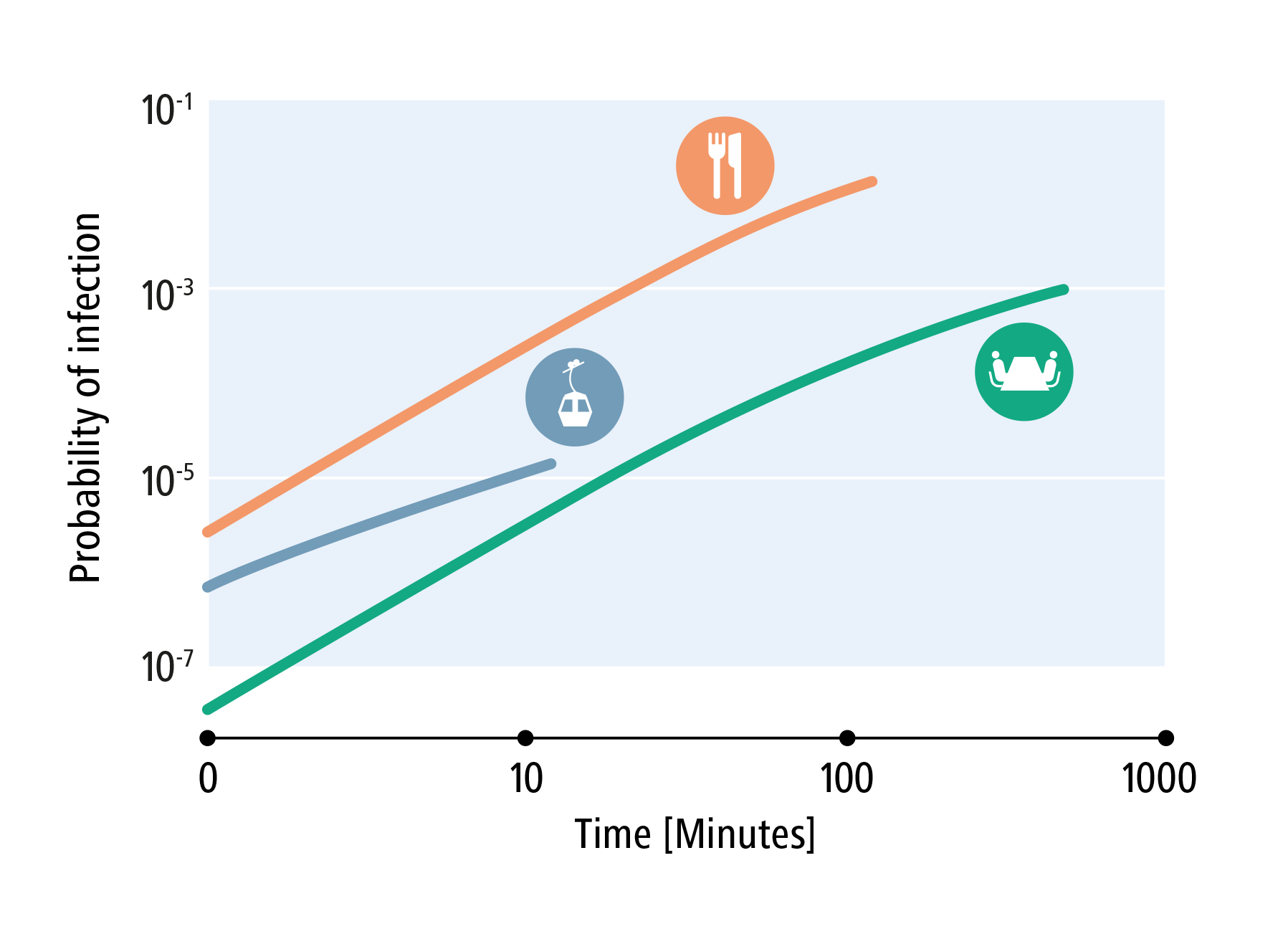
When comparing the three different ski lifts, the risk of catching the virus from other contaminated passengers is more or less similar, the study found. This is due to the fact that the journeys with the large cable cars are generally shorter than those by gondola. With the windows closed, however, the risk increases considerably.
Swiss resorts stay open
Swiss ski resorts have remained open this winter, unlike those in neighbouring countries. The federal government announced in early December that ski areas were being allowed to open but that resorts would need permits from cantonal governments.
“The prerequisite is that the epidemiological situation so allows, and that hospitals, contact tracing services and testing sites have sufficient capacity,” it said.
The federal government has not fixed any limits on the number of visitors allowed into resorts. But all enclosed ski transport, like gondolas and trains, are limited to two-thirds capacity, and cantons have a duty to monitor compliance. In recent weeks, the police have enforced limits on the number of visitors to some resorts and popular mountain areas.
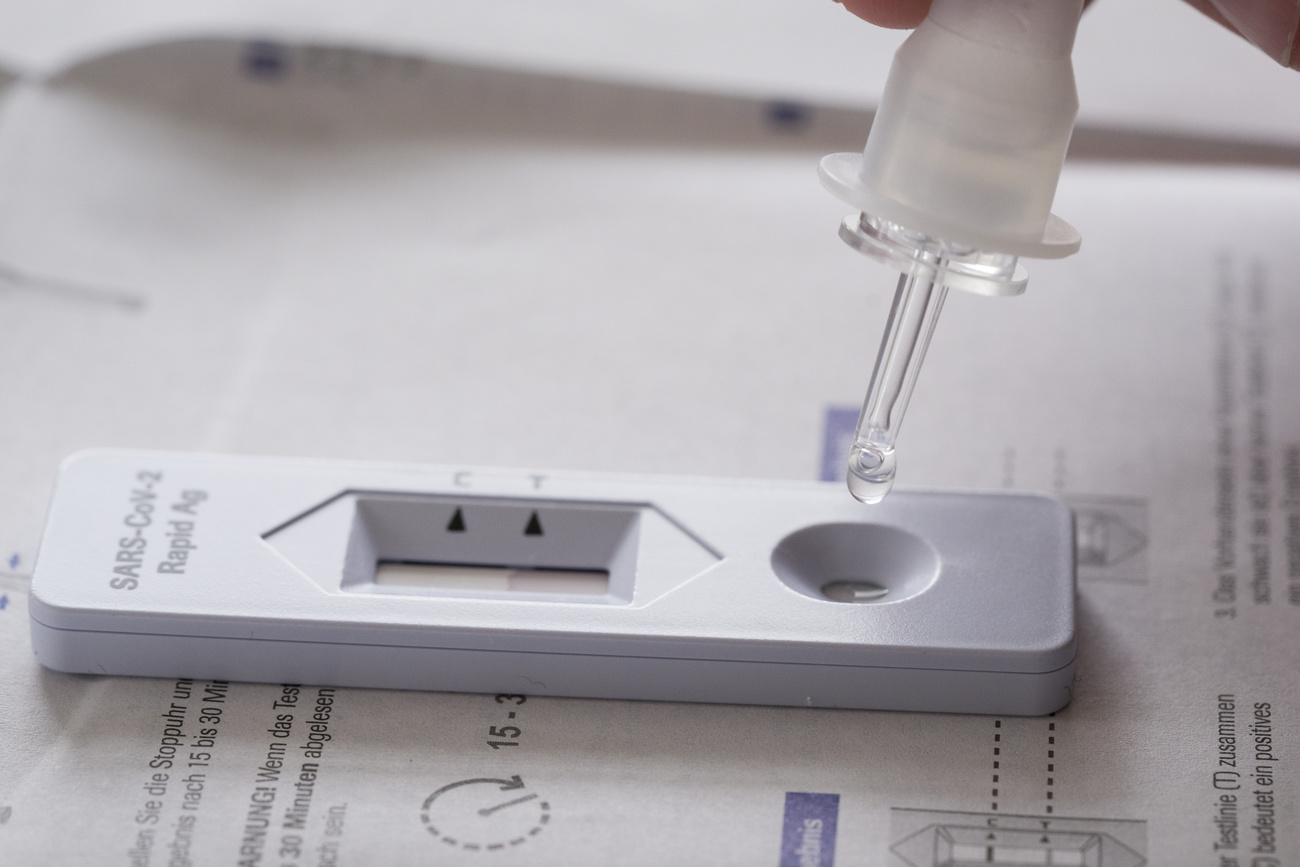
More
Coronavirus: the situation in Switzerland

In compliance with the JTI standards
More: SWI swissinfo.ch certified by the Journalism Trust Initiative
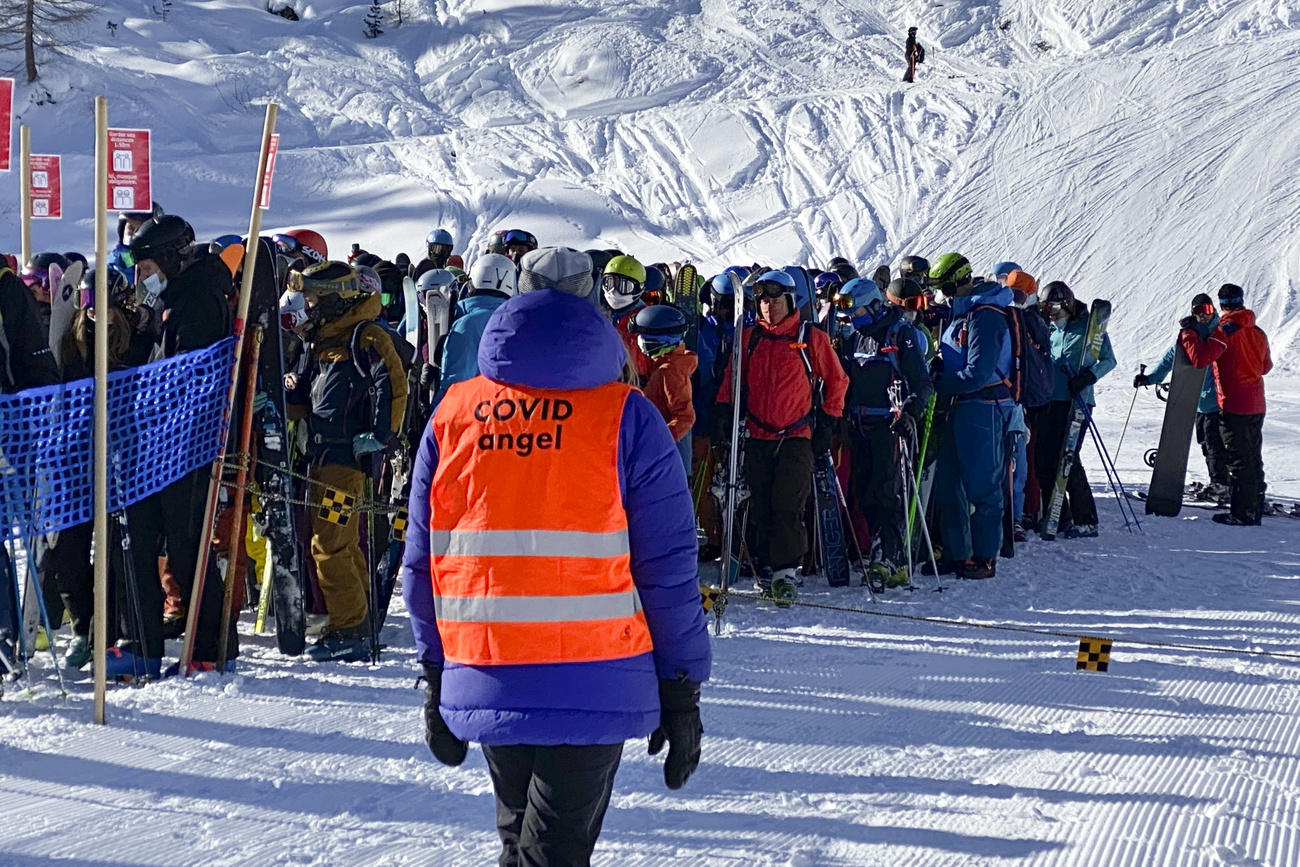
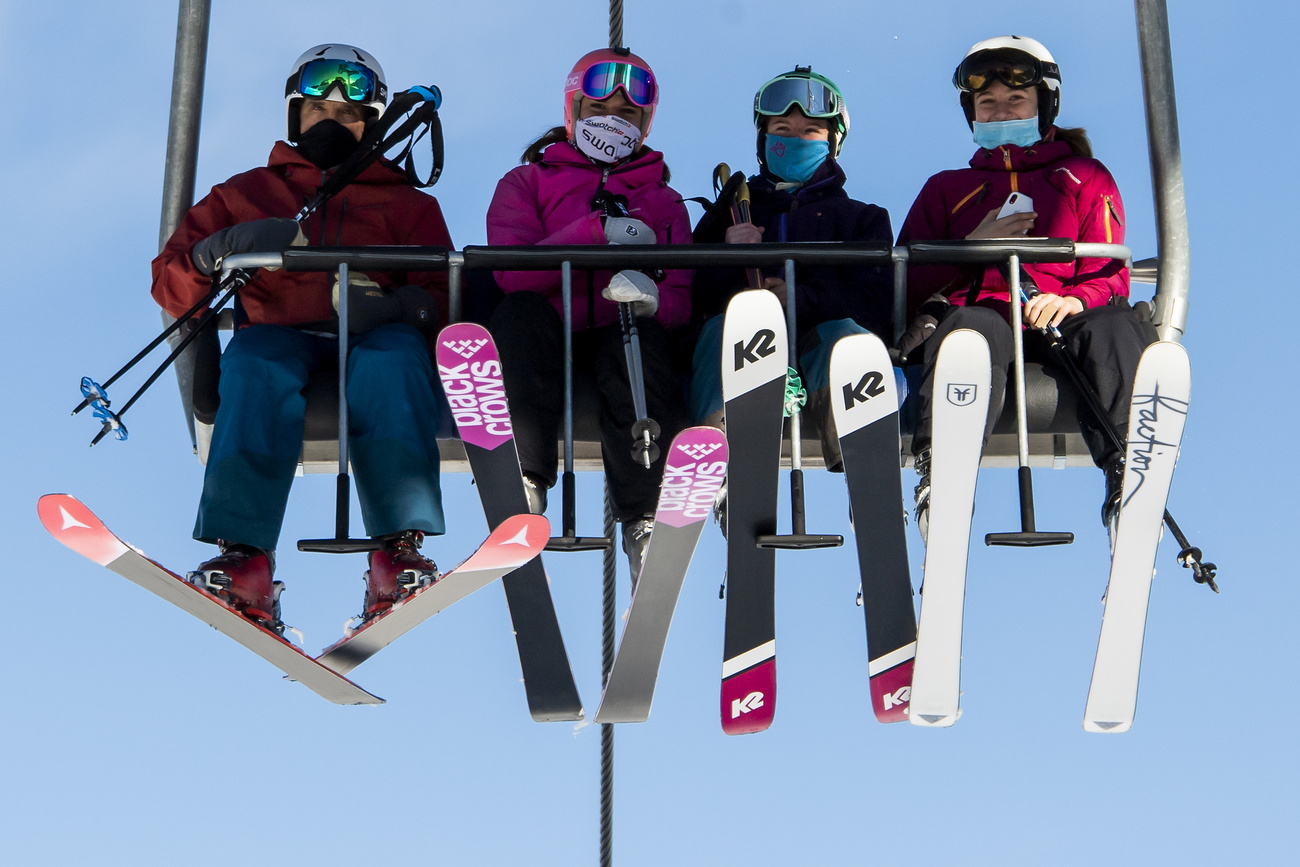
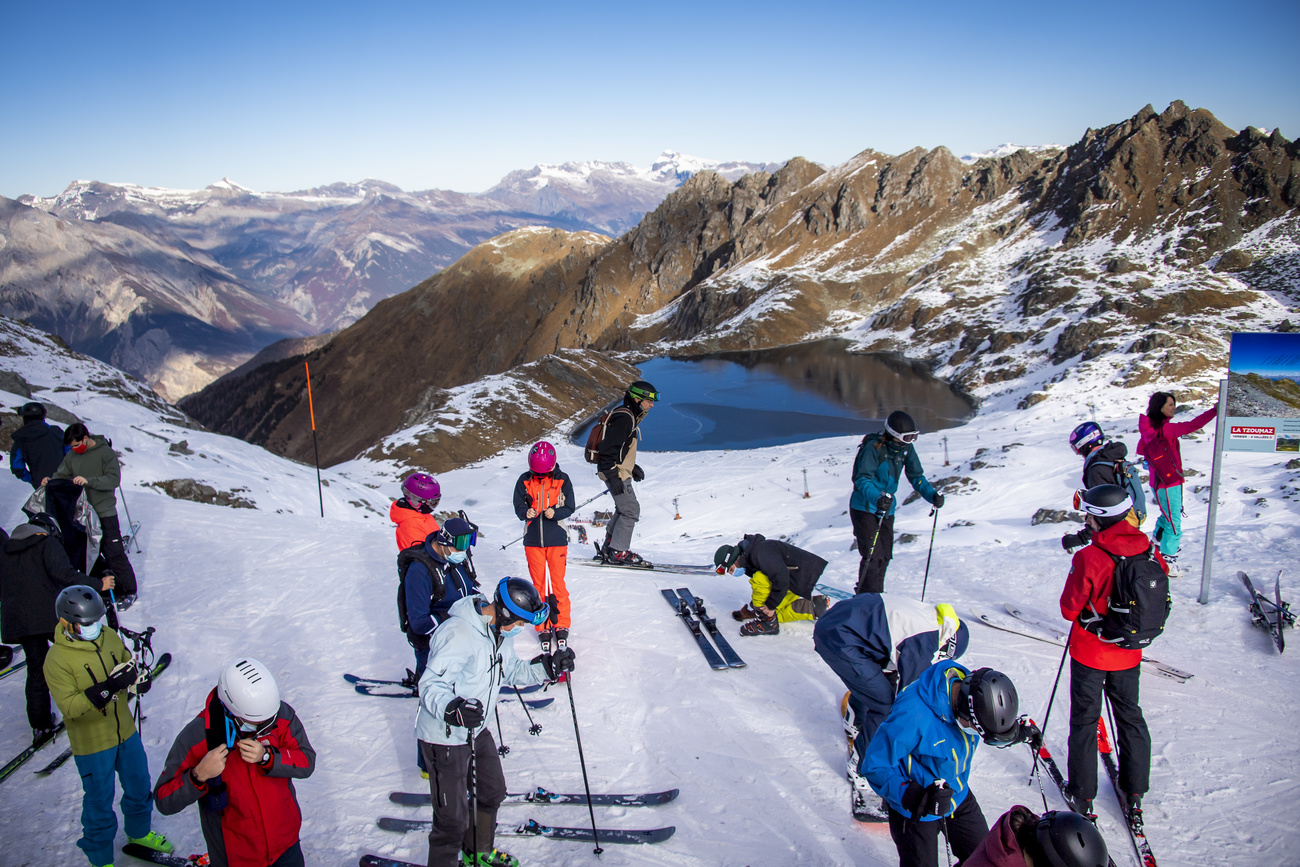
You can find an overview of ongoing debates with our journalists here. Please join us!
If you want to start a conversation about a topic raised in this article or want to report factual errors, email us at english@swissinfo.ch.